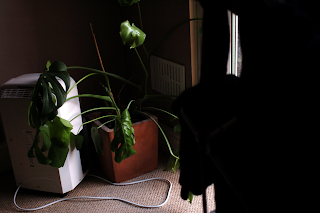
Colin Gray began to take photographs of his parents in the 1960s when he was 5 years old. At family occasions, holidays and celebrations Gray would be allowed one shot from the single roll of film in a square box brownie tin. Over the next three decades his series of photographs has accumulated into an extensive body of work documenting his parents loving, working, homemaking and playing.
'In Sickness and in Health' forms the final stages of 'The Parents' series. Begun in 2000, it shows his parents deterioration and ultimately his mothers' death.
The hospital and church visits became more frequent, the ailments more serious, the drugs regime ever more complex. Whilst his father struggled with his new role as a carer, Gray found that his photographs helped make sense of the deterioration and loss he was experiencing. Having reached the age that his parents were when he started the project, Gray now sees their history in his own future.
Born in Hull in 1956, Colin Gray studied at the Royal College of Art, London and lives and works in Glasgow. He has exhibited worldwide including shows at Kunsthal, Rotterdam; Encontros da Imagem, Braga, Portugal; House of Photography, Prague and the Australian Centre of Photography in Sydney. He has appeared in numerous publications including 'The Photograph as Contemporary Art'.
A minigraph with an essay by Sue Steward has been published by Street Level to accompany the exhibition.
His book 'In Sickness and in Health' published by Steidl Mack, will be available in December.














